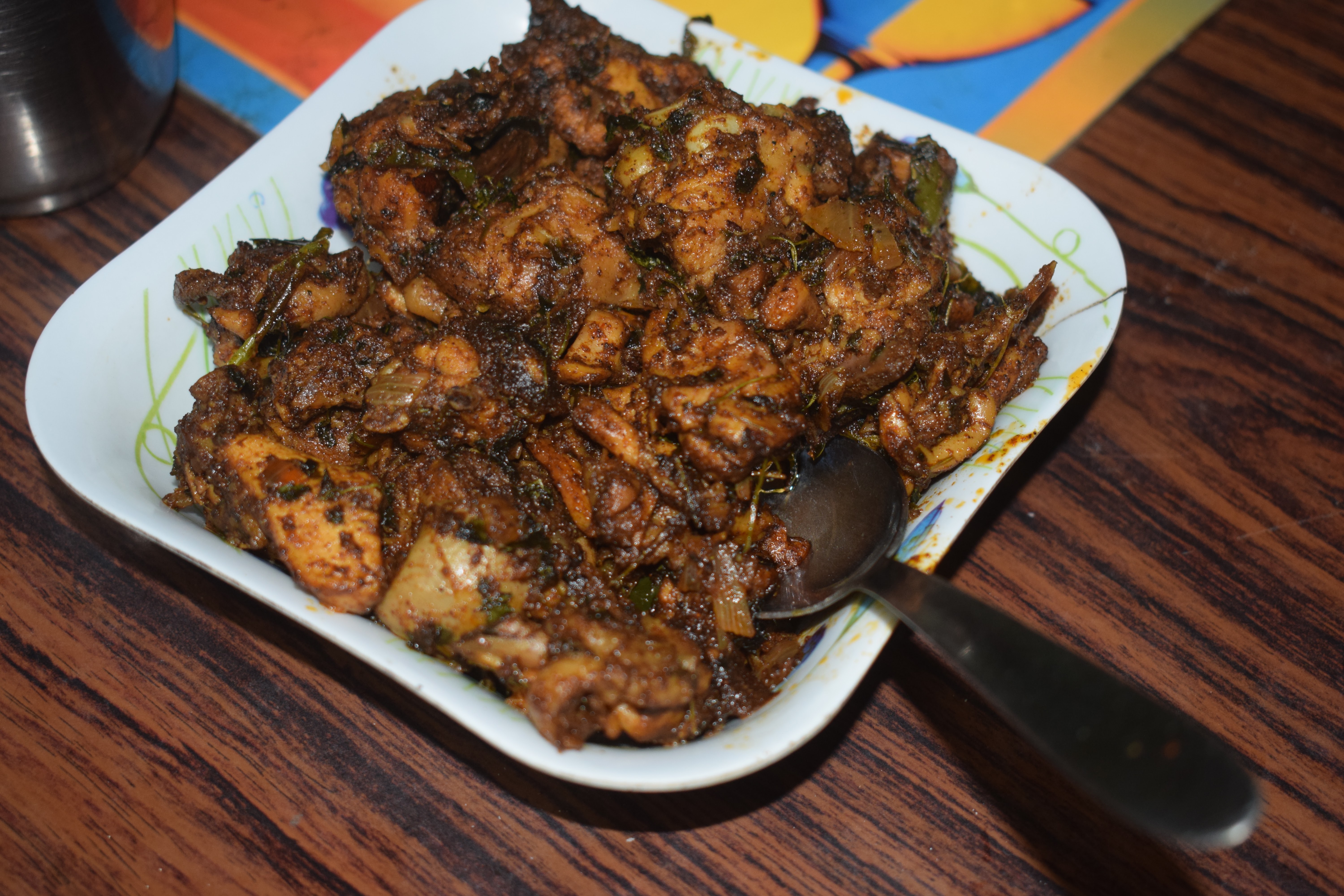Explore Malenadu in its Cuisine
After our food exploration in Odisha, we had a break for more than 3 months due to the rise in Covid cases once again in India. Once the things are back to normal by end of June and with the onset of Monsoon, FoodCulture planned to find some authentic cuisine very specific to this season.
 |
| Traditional Malenadu Breakfast |
The only place we have in our minds is Malenadu region in Karnataka. Malenadu translates to the land of rains. Located in the western Ghats looked to be a perfect choice for our exploration.
This time we are visiting a local family from Malenadu region and experience the Cuisine in most traditional and authentic way.
Malenadu welcomed
us with the mist and showers and continued through out journey to Athihally
village.
Calendar in the
neighborhood caught our attention with some notes on it. Many homes in
Malenadu region have rain gauage and people note the rain fall in their place
everyday.
Once we are back home, we straight away went to kitchen to see the preparation of akki roti(rice flour roti). Susheela aunt is an expert in making akki roti. She follows the traditional methods of making Roti with hands and then cook directly on firewood. She mentions the authentic flavor can be savored only when you cook on firewood directly. This akki roti when served with ghee or butter will enhance the taste.
Our dining table is spread with Akki roti, Kesa curry, Coconut chutney, Ghee, Butter and local mushroom specially fried on charcoal. Kesa is also one of the Malenadu dish made of Tari leaves. The rolled leaves and stem are directly used in making curry. Vivek's Grandma aged about 90 years actively rolled the leaves and precisely cut the stem as well.
 |





0 comments